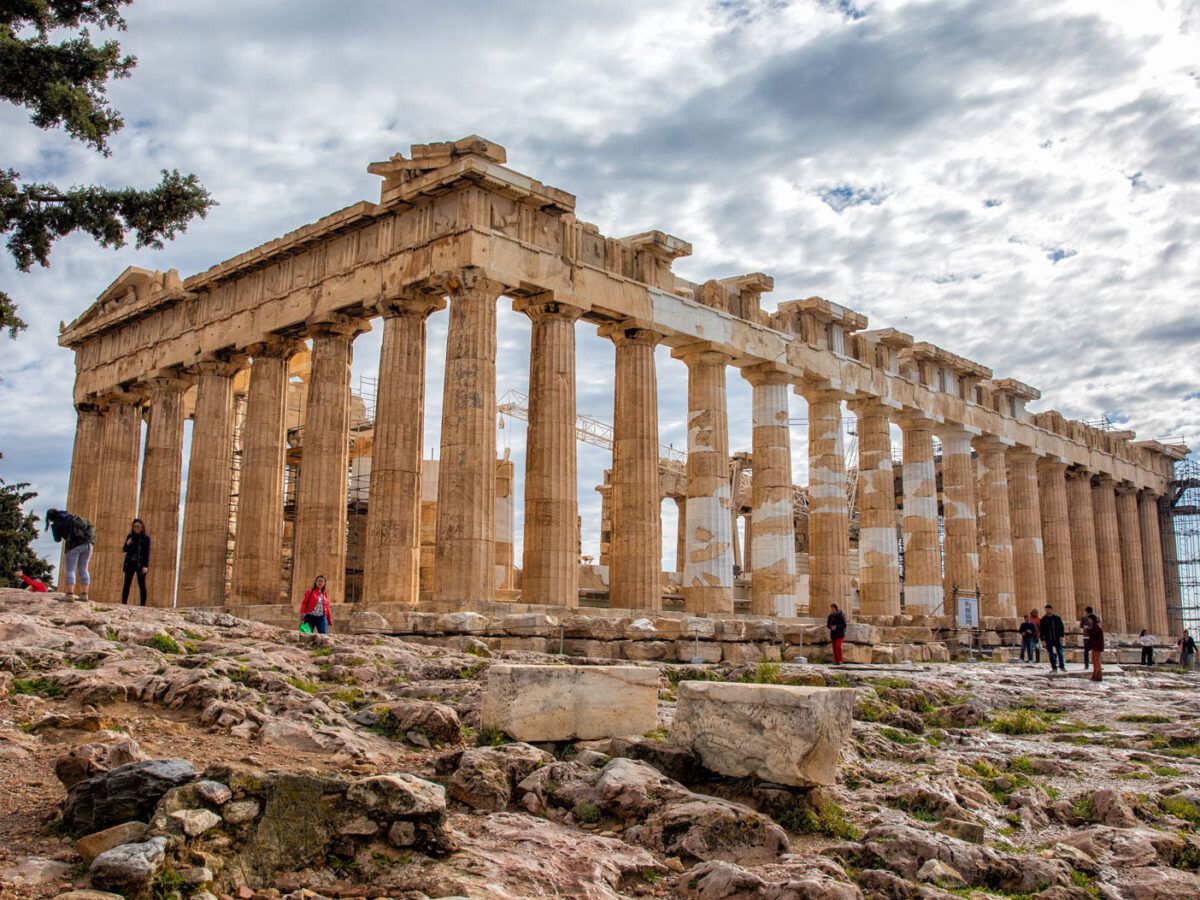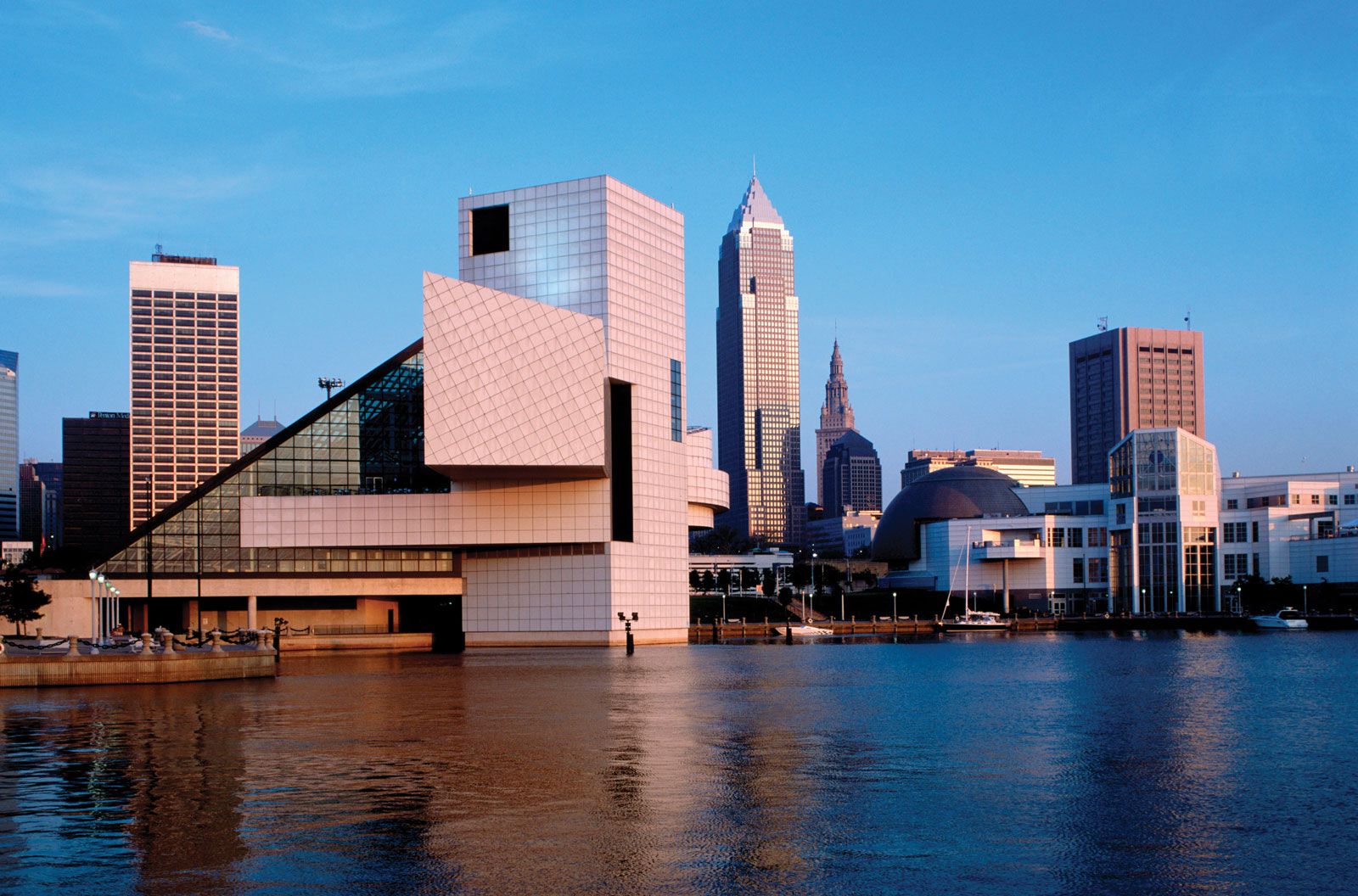
The Acropolis of Athens, one of the most iconic landmarks in the world, holds a rich historical and cultural significance. Perched on a rocky hilltop overlooking the city, this ancient citadel stands as a testament to the glory and advancements of ancient Greece. With its magnificent temples, statues, and architectural marvels, the Acropolis encapsulates the essence of Greek civilization.
In this article, we will delve into some astonishing facts about the Acropolis that will leave you in awe of its grandeur. From its construction methods to its significance in Greek mythology and its enduring legacy, these facts will shed light on the incredible heritage of this extraordinary landmark.
Key Takeaways:
- The Acropolis, a UNESCO World Heritage Site, holds centuries of history and cultural significance, inspiring modern architecture and symbolizing the birthplace of democracy and intellectual achievement in ancient Greece.
- The Parthenon, the most famous structure on the Acropolis, took nine years to build and is just one of many significant structures, making the site a must-visit destination for history buffs and travel enthusiasts.
The Acropolis is a UNESCO World Heritage Site
The Acropolis is not just another historical site; it has been recognized and protected by UNESCO as a World Heritage Site since Its significance as an enduring symbol of ancient Greece’s architectural excellence and cultural heritage cannot be overstated.
The Meaning of Acropolis
The word “Acropolis” comes from the Greek words “akro,” meaning high or highest, and “polis,” meaning city. Hence, Acropolis translates to ‘the highest point of the city.’ And indeed, the Acropolis stands proudly on a rocky outcrop overlooking the city of Athens.
The Parthenon is the Most Famous Structure
When you think of the Acropolis, the image of the majestic Parthenon might come to mind. This iconic temple dedicated to the goddess Athena is the most famous structure on the site and a symbol of ancient Greek architecture and democracy.
The Construction of the Parthenon Took Nine Years
Building the Parthenon was no small feat. The construction of this masterpiece began in 447 BC and took a total of nine years to complete. The meticulous craftsmanship and the use of marble from Mount Pentelicus resulted in the breathtaking structure we see today.
The Acropolis Features More Than Just the Parthenon
While the Parthenon takes the spotlight, the Acropolis is home to several other significant structures. These include the Erechtheion, the Temple of Athena Nike, and the Propylaea, each with its own unique architectural style and historical importance.
The Elgin Marbles Controversy
The Acropolis once housed a collection of magnificent marble sculptures known as the Elgin Marbles. Today, these sculptures are a source of controversy as they were removed from Greece in the early 19th century by Thomas Bruce, the 7th Earl of Elgin, and are now displayed in the British Museum.
Acropolis Means “Sacred Rock”
The name “Acropolis” can also be interpreted as the “sacred rock.” In addition to the temples and structures, the Acropolis was considered a sacred site in ancient times and was believed to be the dwelling place of gods and goddesses.
The Acropolis Has Witnessed Centuries of History
The Acropolis has stood as a witness to numerous historical events and transformations. From ancient Greek civilization to Roman conquests, Byzantine influences, and even Ottoman rule, the Acropolis has endured and remained a powerful symbol of resilience.
Pericles Was Instrumental in Rebuilding the Acropolis
During the Golden Age of Athens, Pericles played a crucial role in the reconstruction and beautification of the Acropolis. His vision and patronage enabled the creation of the magnificent architectural masterpieces that still captivate visitors today.
The Acropolis Has Undergone Extensive Restoration
Over time, the Acropolis suffered damage from wars, earthquakes, and weathering. Extensive restoration efforts have taken place since the 19th century to preserve and repair the structures, ensuring that future generations can appreciate the magnificence of the Acropolis.
The Acropolis is a Popular Tourist Destination
Every year, millions of tourists flock to Athens to marvel at the splendor of the Acropolis. Its historical significance, architectural grandeur, and breathtaking views of the city make it a must-visit destination for history buffs and travel enthusiasts alike.
There is an Acropolis Museum
Located at the foot of the Acropolis, the Acropolis Museum provides visitors with further insights into the history and significance of this ancient site. The museum houses a remarkable collection of artifacts and sculptures that were once part of the Acropolis complex.
The Acropolis Has Inspired Modern Architecture
The magnificent architecture of the Acropolis continues to inspire designers and architects worldwide. Its influence can be seen in buildings across the globe, paying homage to the timeless beauty and impeccable craftsmanship of this UNESCO World Heritage Site.
The Acropolis Holds Cultural Significance
Beyond its architectural and historical importance, the Acropolis holds immense cultural significance. It symbolizes the birthplace of democracy, intellectual achievement, and the flourishing of arts and sciences in ancient Greece.
These 14 astonishing facts about Acropolis only scratch the surface of its rich history and cultural importance. Whether you’re planning a visit or simply want to expand your knowledge, exploring the Acropolis is an incredible journey through time and human achievement.
Conclusion
The Acropolis is undoubtedly one of the most fascinating archaeological sites in the world. With its rich history, magnificent architecture, and breathtaking views, it continues to captivate visitors from all corners of the globe. From the iconic Parthenon to the lesser-known treasures found on the hill, the Acropolis offers a glimpse into the ancient world and leaves visitors in awe of the achievements of the ancient Greeks.
Whether you are a history buff, an architecture enthusiast, or simply someone who appreciates the beauty of the past, a visit to the Acropolis is a must. Immerse yourself in the splendor of this UNESCO World Heritage Site and marvel at the remarkable legacy of ancient Greece.
FAQs
1. When was the Acropolis built?
The Acropolis was built during the 5th century BCE, commonly referred to as the Golden Age of Athens.
2. How long does it take to explore the Acropolis?
On average, it takes around 2 to 3 hours to explore the Acropolis and its main attractions. However, the duration may vary depending on your pace and level of interest.
3. Are there any restrictions when visiting the Acropolis?
Yes, there are certain restrictions to ensure the preservation of the site. Visitors are not allowed to touch the ancient structures or bring food or drinks inside. Additionally, it is important to dress modestly and respect the rules and regulations set by the authorities.
4. Can I take pictures at the Acropolis?
Photography is permitted at the Acropolis, but the use of flash and tripods is prohibited. Please be considerate of other visitors and avoid blocking pathways or obstructing views.
5. Is the Acropolis accessible for people with disabilities?
While efforts have been made to improve accessibility, some parts of the Acropolis may be challenging for individuals with mobility issues. However, there are designated ramps and accessible routes to assist visitors with disabilities.
6. What should I see besides the Parthenon?
In addition to the Parthenon, make sure to explore other significant structures such as the Erechtheion, the Propylaea, and the Temple of Athena Nike. These architectural marvels each have their own unique stories.
Was this page helpful?
Our commitment to delivering trustworthy and engaging content is at the heart of what we do. Each fact on our site is contributed by real users like you, bringing a wealth of diverse insights and information. To ensure the highest standards of accuracy and reliability, our dedicated editors meticulously review each submission. This process guarantees that the facts we share are not only fascinating but also credible. Trust in our commitment to quality and authenticity as you explore and learn with us.


